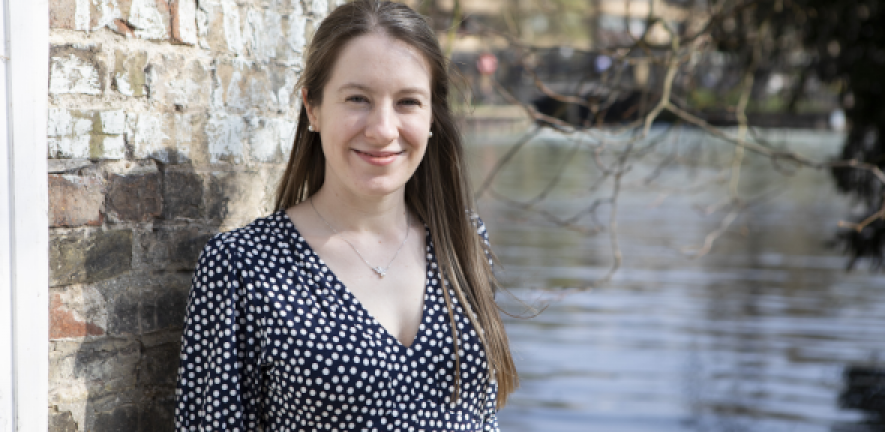
Using the new method, the researchers were able to specifically target and kill leukemia cells in mice without causing the severe side effects previously seen in clinical trials.
Many drugs used clinically today come from natural sources, and plant-derived drugs have been exploited in both ancient and modern medicine. However, until now some plant-derived drugs which demonstrate cancer-killing activity could not be used in their pure form because the same toxicity which kills the cancer cells also killed healthy cells.
Natural plant sources
Researchers from the Bernardes Lab were specifically interested in ortho-quinones, the best-known of which are derived from the bark of the pink trumpet tree. Ortho-quinones kill cancer cells through an unusual catalytic mechanism in which the quinone interferes with their metabolism. However, ortho-quinones typically fail clinical trials because they also kill too many healthy cells, causing severe side effects.
Masking and unmasking
In an article published today in Nature Chemistry, the team of researchers explain how they developed a new methodology to deliver the ortho-quinones to specific cells by attaching them to a molecular carrier. The new chemical method ‘masks’ the ortho-quinones while the drug is in circulation, thus protecting non-cancerous cells from their toxic effect.
Once the ortho-quinones are delivered to the target tumour cells, they are ‘unmasked’, and their metabolic activity is re-activated by a tumour-associated enzyme. The regenerated ortho-quinones trigger damage to the DNA and proteins of the cancer cells, ultimately causing cell death.
First author Dr Lavinia Dunsmore developed the methodology when completing her PhD in the Bernardes group. The scope of the project was further developed by equal contributors postgraduate student Julie Becher and postdoctoral researcher Dr Enrique Gil de Montes in Cambridge; Dr Claudio Navo, who provided the modelling and theoretical calculations from the Basque Research and Technology Alliance in Spain; and postgraduate student Ana Guerreiro, who performed the in vivo experiments in Portugal.
Natural cancer killers
“We were interested in ortho-quinones specifically because they have wide cancer cell killing activity, but couldn’t be used because of their side-effects,” said Becher. “And they kill cancer cells through an interesting catalytic mechanism--where most cancer drugs bind to or inhibit components of the cancer cells, a tumour-associated enzyme that normally protects cancer cells creates a catalytic reaction with ortho-quinones. This causes them to spontaneously re-oxidize over and over, producing damaging radicals which kill the cancer cells.”
Using nature's model
“This was fascinating because we were finding a way to utilise nature’s model to treat cancers that currently have very few viable treatment options. We focused on leukemia in the paper, but in my current work I’m hoping to target pancreatic cancer as well,” said Becher, who is now a second-year PhD candidate in the Bernardes group.
The new strategy creates the opportunity for ortho-quinone compounds to become clinically relevant again, as the controlled masking prevents the associated off-target toxicity that hampered their performance initially.
“So far because of the clinical drawbacks, no one has thoroughly developed this class of drugs,” said Becher. “We hope this new technology will open the door to further exploration of this whole field of promising natural products that was previously discarded.
“With this new ortho-quinone protection technique, a quinone can be linked in a protected form to many different types of targeting groups such as proteins, antibodies, nanoparticles, etcetera, and the linker can be tuned for activation by various enzymes over-expressed in cancer cells," said Dunsmore. "This makes it a general strategy that can be used for many different applications in the future.”
“These results open up a whole new area of exploring targeted therapies and developing potentially more effective cancer treatment,” said de Montes.
Collaborators included members of the Bernardes group in Cambridge and Portugal, scientists from AstraZeneca, the Wellcome-MRC Cambridge Stem Cell Institute, the University of Cambridge Departments of Haematology, Pathology, Chemical Engineering and Biotechnology, and researchers in Germany and Spain.
Research
Controlled masking and targeted release of redox-cycling ortho-quinones via a C-C bond-cleaving 1,6-elimination, L. Dunsmore, C. D. Navo, J. Becher, E. G. de Montes, A. Guerreiro, E. Hoyt, L. Brown, V. Zelenay, S. Mikutis, J. Cooper, I. Barbieri, S. Lawrinowitz, E. Siouve, E. Martin, P. R. Ruivo, T. Rodrigues, F. P. da Cruz, O. Werz, G. Vassiliou, P. Ravn, G. Jiménez-Osés, and Gonçalo J. L. Bernardes, Nature Chemistry (2022).

